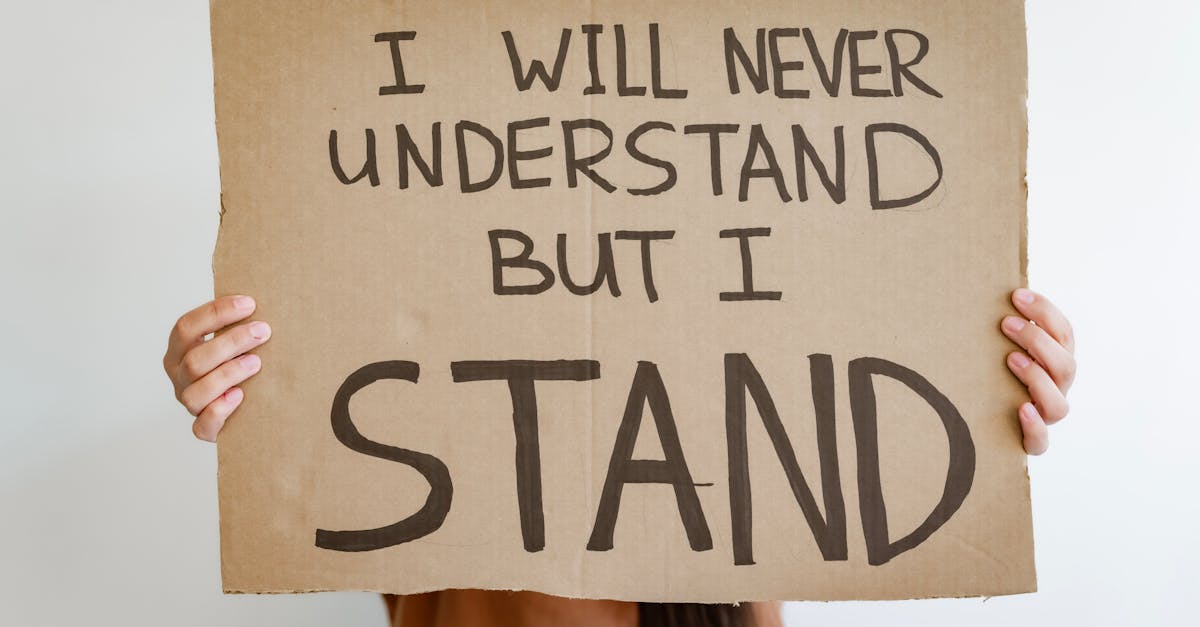Scoliosis, a condition characterised by an abnormal curvature of the spine, has raised questions about its potential links to poor posture. Many people wonder if slouching or sitting incorrectly can contribute to this complex spinal disorder. Understanding the relationship between posture and scoliosis is crucial, as it can lead to better prevention and management strategies for those at risk.
For expert guidance on managing and treating scoliosis, Align Health Collective provides comprehensive spinal care services, including physiotherapy and postural assessments to help individuals address potential issues before they become more severe.
Understanding Scoliosis
Scoliosis involves an abnormal curvature of the spine, usually forming a ‘C’ or ‘S’ shape. Recognising the types and identifying symptoms aids in understanding its implications.
Definition and Types of Scoliosis
Scoliosis manifests in several forms:
- Idiopathic Scoliosis: This type appears without a known cause, typically developing during childhood or adolescence.
- Congenital Scoliosis: This condition arises from spinal deformities present at birth, affecting vertebrae formation.
- Neuromuscular Scoliosis: This form occurs due to underlying neuromuscular conditions, such as cerebral palsy or muscular dystrophy, impacting muscle control and spinal stability.
- Degenerative Scoliosis: This is often seen in adults and results from age-related changes in the spine, leading to asymmetrical vertebrae and associated curves.
Each type presents unique challenges and treatment approaches.
Signs and Symptoms
Signs and symptoms of scoliosis include:
- Visible Curvature: A noticeable curve in the spine can often be observed from specific angles.
- Uneven Shoulders: One shoulder may be higher than the other, creating an asymmetrical appearance.
- Uneven Hips: Hips might display noticeable differences in height.
- Back Pain: Some individuals report discomfort or pain in the back, particularly with degeneration.
- Reduced Range of Motion: Limited flexibility can result from muscle tension caused by spinal curvature.
Awareness of these signs facilitates early detection and intervention.
The Role of Posture

Posture plays a crucial role in musculoskeletal health and can significantly impact the spine. Understanding its influence on scoliosis is essential for prevention and management.
What is Good Posture?
Good posture involves maintaining the body’s alignment only a few degrees off the neutral position while sitting, standing, or moving. Proper alignment entails:
- Head Position: Aligns above the shoulders, preventing neck strain.
- Shoulder Alignment: Shoulders relaxed and even, avoiding tension.
- Spinal Curvature: Natural curves are preserved, reducing stress on spinal structures.
- Pelvic Position: Hips balanced and level, supporting proper spine alignment.
- Knee Position: Knees face forward with weight evenly distributed.
These factors contribute to overall body balance and reduce the likelihood of developing conditions like scoliosis.
Common Postural Issues
Several common postural issues can lead to spinal problems, including:
- Slouching: Can result in excess strain on the spine, leading to imbalance.
- Forward Head Posture: Places additional pressure on the neck and upper back.
- Rounded Shoulders: Contributes to the upper back’s curvature and may influence spine alignment.
- Asymmetrical Sitting: Often occurs during prolonged periods at a desk, causing uneven muscle development.
- Crossed Legs: Affects hip and spine alignment, potentially leading to discomfort.
Addressing these issues can help mitigate the risk of scoliosis and improve overall posture and spinal health.
Can Scoliosis Be Caused by Poor Posture?
Poor posture may influence scoliosis development, although it does not directly cause the condition. Maintaining good posture plays a significant role in spinal health, and prolonged poor posture can exacerbate existing spinal issues.
Evidence Supporting the Link
Research suggests that poor posture can contribute to musculoskeletal imbalances, potentially aggravating scoliosis. Studies show that individuals with postural problems may develop a curvature in the spine due to uneven weight distribution during daily activities. For instance, slouching can strain muscles and ligaments, leading to modified spinal alignment over time. A review published in the European Spine Journal indicates that poor posture in children correlates with an increased risk of developing spinal deformities.
Counterarguments and Misconceptions
Despite the evidence, it’s essential to address misconceptions. Scoliosis primarily arises from genetic factors, neuromuscular conditions, or congenital spine anomalies, not solely from poor posture. Misinterpreting the role of posture can lead to undue blame on habits, redirecting focus away from other significant causes. Healthcare professionals emphasise that while improving posture is crucial for spinal health, it does not serve as a singular solution for scoliosis prevention or treatment.
Prevention and Management
Preventing scoliosis and managing its symptoms requires an understanding of postural habits and appropriate lifestyle changes.
Importance of Good Postural Habits
Good postural habits significantly contribute to spinal health. Maintaining an aligned posture reduces strain on the spine and surrounding muscles, which can help prevent the aggravation of existing conditions. Key strategies include sitting with feet flat on the floor, keeping the back straight, and aligning the head directly above the shoulders. Regular assessment of posture during daily activities, such as working at a desk or using a mobile device, ensures long-term spinal alignment and balance. Implementing these habits early can deter potential complications related to scoliosis.
Exercises and Lifestyle Changes
Incorporating specific exercises and lifestyle changes fosters spinal resilience and flexibility. Activities such as yoga, Pilates, and strength training can improve core stability, aiding in better posture. Stretching routines enhance muscle elasticity, mitigating tightness that may lead to postural problems. Additionally, engaging in regular physical activity promotes overall strength and endurance, essential components for spinal health. Modifying ergonomic setups at work and home, such as using chairs with lumbar support or adjustable desks, further supports good posture. Prioritising these changes creates a preventative approach to scoliosis management.
Conclusion
Understanding the relationship between poor posture and scoliosis is crucial for anyone concerned about spinal health. While poor posture may not directly cause scoliosis, it can exacerbate existing issues and lead to imbalances that affect alignment. By prioritising good postural habits and incorporating preventive measures, individuals can reduce their risk of aggravating spinal conditions.
Awareness of posture combined with regular assessments and lifestyle changes can significantly enhance overall spinal health. Emphasising techniques that promote proper alignment is essential for anyone looking to maintain a healthy spine and prevent potential complications associated with scoliosis.
Frequently Asked Questions
What is scoliosis?
Scoliosis is a condition characterised by an abnormal curvature of the spine, typically forming a ‘C’ or ‘S’ shape. It can lead to various physical issues and is essential to understand for prevention and management.
What are the types of scoliosis?
There are four main types of scoliosis: idiopathic (unknown cause), congenital (due to spine abnormalities at birth), neuromuscular (associated with conditions like cerebral palsy), and degenerative (related to aging).
How does poor posture relate to scoliosis?
While poor posture does not directly cause scoliosis, it can exacerbate existing spinal issues. Maintaining good posture helps prevent musculoskeletal imbalances that may worsen scoliosis symptoms.
What are the signs and symptoms of scoliosis?
Common signs include visible spinal curvature, uneven shoulders and hips, back pain, and reduced range of motion. Early detection is crucial for effective management.
How can scoliosis be prevented and managed?
Prevention and management involve cultivating good postural habits, ergonomic adjustments at work and home, and specific exercises like yoga and strength training to enhance core stability and flexibility.
